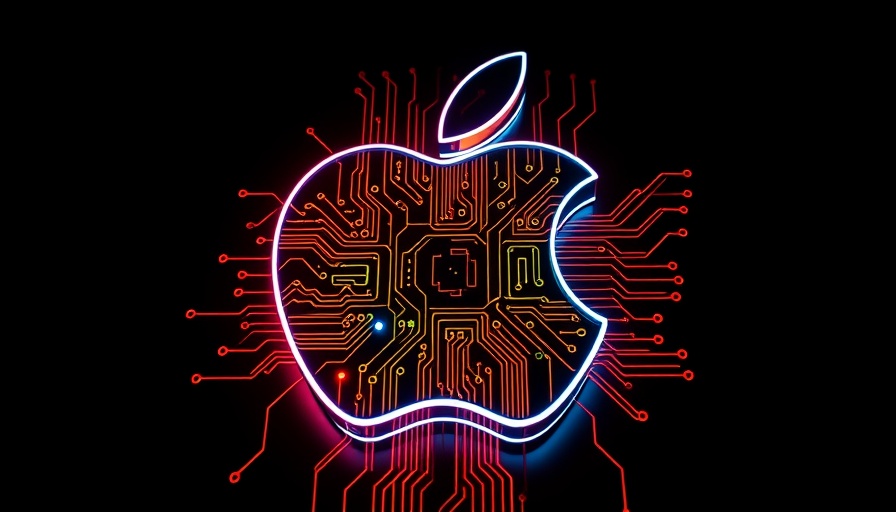
Decoding Apple’s Intelligence Raters Guidelines: What Small Businesses Need to Know
In an era where artificial intelligence (AI) increasingly shapes consumer experiences, understanding how major tech companies evaluate AI-driven content can provide small business owners and marketers with critical insights. Recently, a comprehensive document leaked that reveals Apple’s approach to rating digital assistant responses, dubbed the "Preference Ranking Guidelines." This document aligns with similar guidelines from Google, hinting at a growing need for transparency in AI evaluations.
Understanding the Guidelines: Key Takeaways
Covering approximately 170 pages, the Preference Ranking Guidelines outline how Apple employs human reviewers to assess the effectiveness of AI-generated replies. The document emphasizes categories such as truthfulness, harmfulness, conciseness, and overall user satisfaction. Marketers can leverage this understanding by ensuring their content aligns with these categories, ultimately enhancing their visibility in digital platforms, especially those influenced by AI.
The Evolution of AI Guidelines
The evolution of the Apple Intelligence Raters Guidelines mirrors the ongoing developments in AI and how companies use these technologies. Initially released in September 2024, the first version was followed by subsequent updates in late 2024 and early 2025. Notably, the differentiation between version numbers is minimal, suggesting a refinement process rather than a drastic overhaul. Small business owners should view this as an opportunity to adapt their strategies in accordance with evolving standards for AI content.
Practical Insights for Marketers
Small businesses can draw actionable insights from Apple’s guidelines by focusing on the evaluation metrics used by reviewers. Here are several practical steps:
- Emphasize Truthfulness: Create content that satisfies the user’s quest for accurate information.
- Focus on Harmfulness: Ensure that your marketing messages are safe and avoid promoting harmful content, as this is a red flag in AI assessments.
- Enhance Conciseness: Consumers tend to prefer clear and direct messaging. Streamline your content to boost user satisfaction while adhering to conciseness.
AI and Consumer Behavior: Projecting Future Trends
The guidelines shed light on how AI influences consumer behavior and engagement. As businesses harness AI tools for marketing, understanding evaluation standards will determine their success on digital platforms. Future trends may dictate even stricter adherence to ethical content generation, requiring businesses to stay informed and adapt swiftly.
Conclusion: Positioning Your Business for Success
As the landscape of digital marketing evolves, small business owners and marketers must adapt to the insights gleaned from Apple’s Raters Guidelines. By strategically focusing on truthfulness, harmfulness, and conciseness, businesses can increase their chances of aligning with AI evaluations, thereby enhancing their market presence. Stay ahead of the curve, embrace these insights, and consider leveraging AI more effectively as part of your marketing strategy. Remember, effective strategies today will foster consumer loyalty tomorrow.
Explore the implications of AI in marketing further and equip your business for the future by adapting your strategies according to emerging guidelines.
 Add Row
Add Row  Add
Add 




Write A Comment